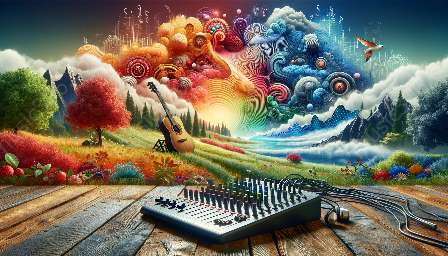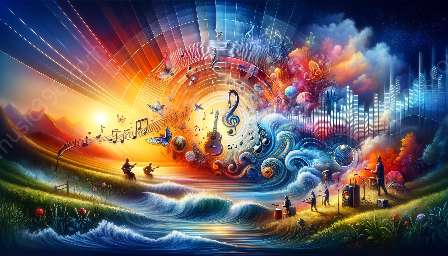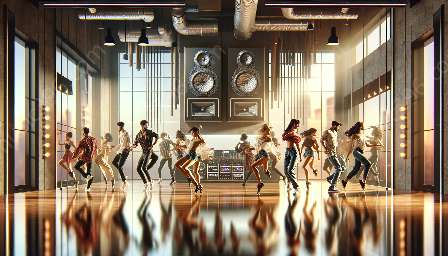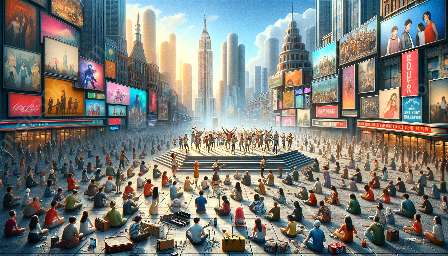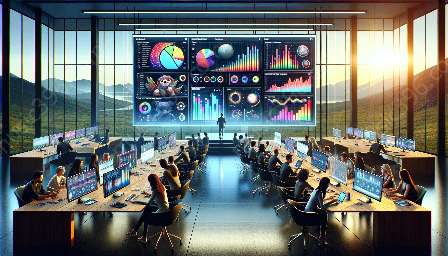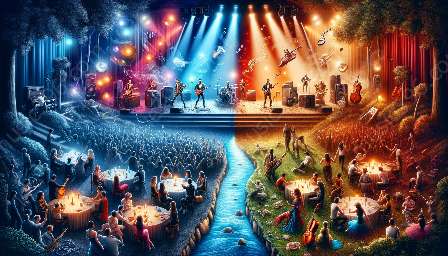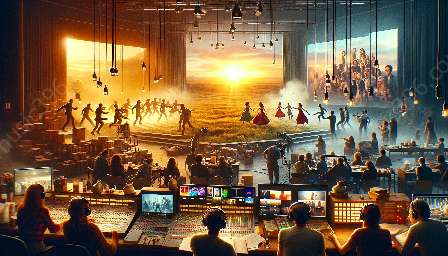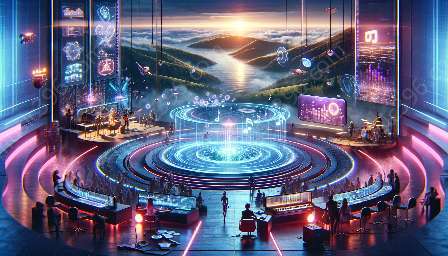Pop music has undergone significant evolution from its traditional roots to the modern era, resulting in a myriad of differences between the two. To understand contemporary pop music trends, it's crucial to delve into the distinctions that define traditional and modern pop music.
Evolution of Traditional Pop Music
Traditional pop music, also known as classic pop or oldies, was prevalent in the mid-20th century, characterized by melodic vocals and orchestral arrangements. This genre often featured ballads, jazz influences, and simpler song structures.
Artists like Frank Sinatra, Ella Fitzgerald, and Bing Crosby were emblematic of traditional pop music, delivering smooth, timeless melodies that captured the essence of their era. The production techniques and instrumentation used in traditional pop were indicative of the technology available at the time, emphasizing recordings made with analog equipment and live musicians.
Distinctive Traits of Modern Pop Music
Modern pop music has undergone a paradigm shift, embracing a more diverse range of sounds, production methods, and songwriting styles. Electronic instruments, synthesized beats, and digital recording techniques have become integral components of contemporary pop music, resulting in a more expansive sonic landscape.
Furthermore, modern pop music often incorporates elements of other genres such as hip-hop, R&B, and EDM, reflecting the cross-pollination of musical influences in today's globalized world. The advent of streaming platforms and social media has also revolutionized the way modern pop music is consumed, distributed, and promoted, shaping its cultural impact and audience reach.
Differences in Songwriting and Themes
Traditional pop music often focused on themes of romance, longing, and nostalgia, with lyrics that were poetic and introspective. In contrast, modern pop music frequently explores a wider range of subjects, including social issues, personal empowerment, and self-expression. The advent of co-writing and collaboration has also influenced modern pop music, leading to more diverse perspectives and storytelling approaches.
Lyrical content in modern pop music can often be more direct and relatable to contemporary social and cultural dynamics, connecting with audiences on a deeper level. This shift in songwriting reflects the evolving societal landscape and the changing role of music in addressing pertinent issues.
Production Techniques and Technology
The advancement of technology has significantly altered the production techniques employed in modern pop music. Traditional pop relied heavily on live instrumentation and analog recording methods, resulting in a warm and organic sound that defined the genre's aesthetic.
Conversely, modern pop music harnesses digital tools, software synthesizers, and auto-tuning capabilities to craft polished and innovative sonic textures. The emphasis on sonic experimentation and sonic layering has pushed boundaries, allowing for bold sonic landscapes that captivate contemporary audiences.
Cultural and Societal Impact
Both traditional and modern pop music have shaped and reflected the cultural and societal dynamics of their respective eras. Traditional pop music served as a soundtrack to post-war optimism and the rise of consumer culture, offering solace and escapism during tumultuous times.
In contrast, modern pop music has become a global phenomenon, influencing fashion, social movements, and youth culture on a massive scale. Its instant accessibility and widespread reach have turned pop stars into cultural icons, influencing trends in fashion, language, and social activism.
Influence of Globalization
The impact of globalization has been a defining factor in shaping modern pop music. With the ease of international travel and digital connectivity, modern pop music incorporates a diverse array of cultural influences and languages, creating a truly global sound that resonates with audiences worldwide.
Artists from diverse backgrounds have risen to prominence in the global pop music landscape, bringing their unique heritage and musical traditions into the mainstream. This has led to an exciting fusion of musical styles, languages, and visual aesthetics, enriching the tapestry of modern pop music.
Conclusion
The evolution from traditional to modern pop music has ushered in a dynamic array of differences, reflecting the ever-changing nature of music and its profound impact on society. As we dissect these disparities, it becomes evident that the essence of pop music lies in its ability to adapt, innovate, and captivate audiences across generations.



